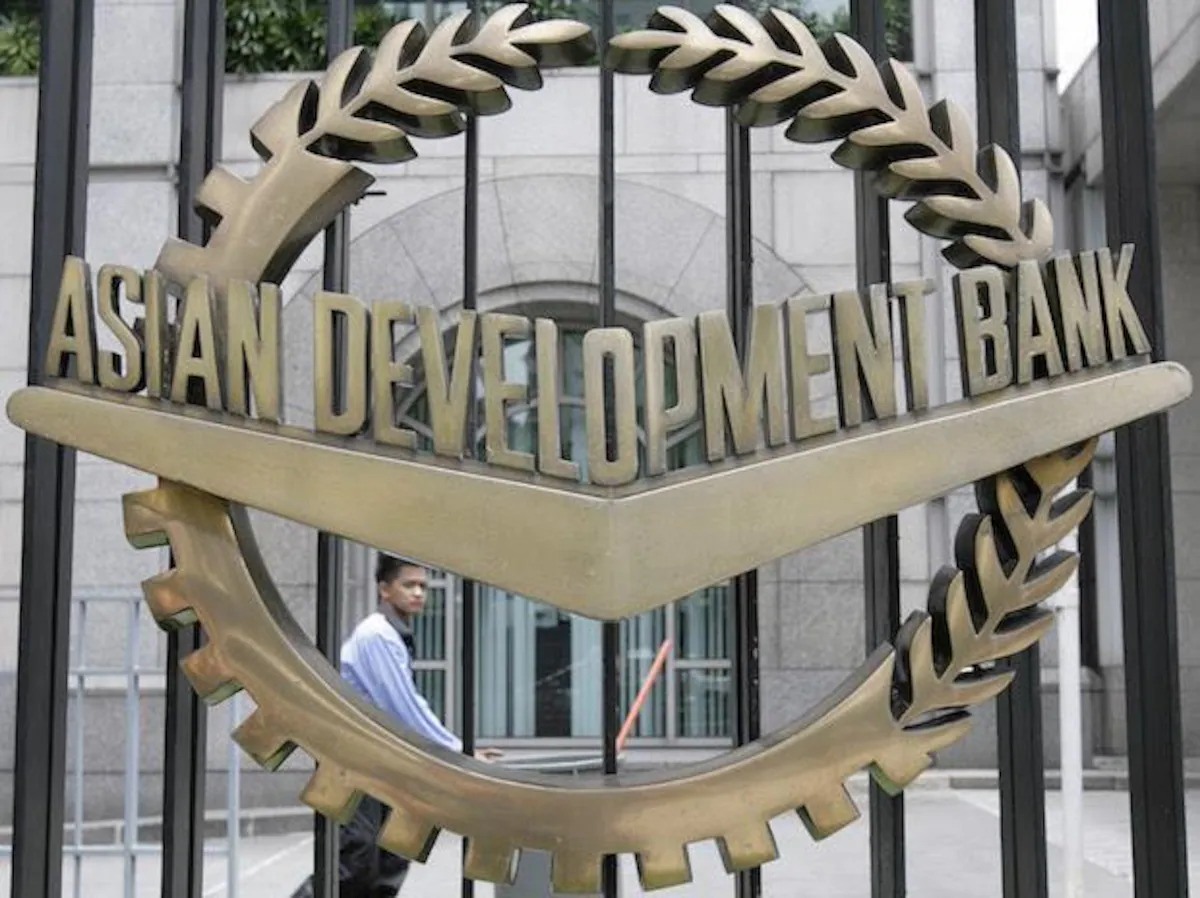Pinbox gets seed capital from ADB Ventures to expand micro pension coverage in India
ADB Ventures, a platform of Asian Development Bank, has provided seed funding to Pinbox for expanding micro pension coverage in India. Read also Kenya. Pensions raise investments in offshore, private equity Pinbox works to address friction and accessibility challenges in delivering micro pension and insurance solutions to underserved informal sector workers, ADB Ventures said in a statement. It provides a ready-to-deploy micro pension technology platform globally to governments and regulators who are seeking to expand pension and insurance coverage .. Read also Australia....










